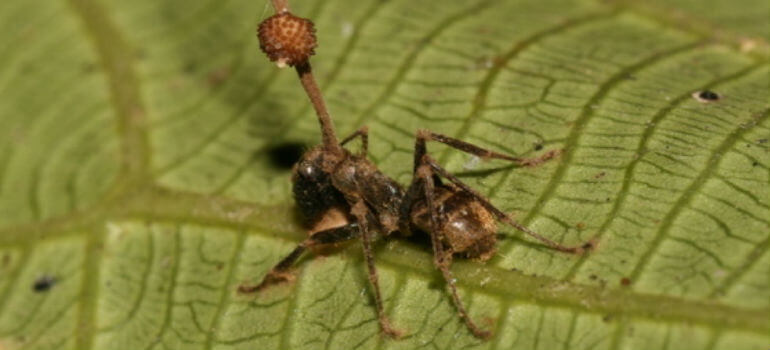
Image Source: Wikipedia
The zombie-ant fungus, known as Ophiocordyceps unilateralis, has fascinated scientists and nature enthusiasts. This unique fungus manipulates its host’s behaviour, leading to what can only be described as a form of “mind control.” Though it primarily targets ants, the fungus plays a critical role in the ecosystems where it is found.
Table of Contents
What Are Zombie Ants?
Zombie ants are not a new species of ants but regular ants that fall victim to a parasitic fungus, primarily from the Ophiocordyceps genus. This fungus invades the ant’s body, taking control of its central nervous system and forcing it to act in ways that benefit the fungus. The term “zombie ant” describes this grotesque manipulation, where the ant becomes a mere vehicle for the fungus’s life cycle.
Check also:
Where Are Zombie-ant Fungus Found?
The zombie-ant fungus is most commonly found in tropical forests across Asia, Africa, and South America. The humidity and temperature in these regions provide the ideal conditions for the fungus to thrive. However, recent studies have also found strains of the fungus in temperate forests, showing that its range is broader than previously thought.
Are you dealing with a pest infestation?
You don't have to be alone in the battle against pests. Hire a professional pest expert!
Call usThe Impact of the Zombie-Ant Fungus on Ant Colonies
While the infection of a single ant might seem inconsequential, the zombie-ant fungus can have a significant impact on entire ant colonies. Infected ants are often removed from the colony by their fellow ants, preventing the spread of the infection. However, in environments where the fungus is prevalent, it can reduce the overall ant population, altering the colony’s dynamics.
The Zombie Ant Life Cycle
The lifecycle of Ophiocordyceps unilateralis can be broken down into several key stages:
- Spore Dispersal: The fungus releases spores into the environment.
- Ant Infection: Ants come into contact with the spores, which then invade the host’s body.
- Behavioural Manipulation: The fungus manipulates the ant’s behaviour, directing it to climb to an optimal location.
- Fungal Emergence: The fungus kills the ant and emerges from its body to release more spores.
- Continuation of the Cycle: Spores disperse and potentially infect more ants.
This complex and fascinating lifecycle has captivated researchers, who are keen to understand the mechanics behind the fungus’s ability to control its host.
Read more about ants life cycle.
The Host Species for Zombie Ants
The most popular cordyceps pawns are the carpenter ants – species that are widespread in the rainforests and active during the night. To protect its population alongside discovering the infected individuals, the ant society spreads its daily tasks amongst older and younger workers so that the older ones undertake riskier jobs, such as exploring and maintaining the trails. This way, if an ant got infected, it would have died of old age soon anyway.
However, it turns out that the cordyceps’ appetite is by far not restricted to carpenter ants. There are different spore species, and each of them specialises in a particular insect, expanding its victim scope way beyond the ant kingdom. Well, there’s also a tiny exception here, namely the US cordyceps, which can attack two different ant types.
Check also:
How Dangerous Is The Zombie-ant Fungus To Humans?
The zombie-ant fungus, Ophiocordyceps unilateralis, poses no danger to humans. It is highly specialised to infect ants, particularly certain species, and cannot affect human biology. The fungus targets the ants’ nervous systems to manipulate their behaviour, but its mechanisms are specific to insects. There are no reports of this fungus infecting or harming humans, and it does not present any risk outside of its insect hosts.




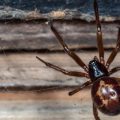
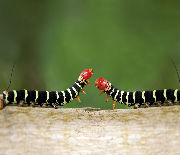
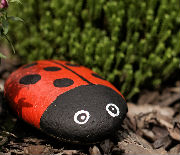
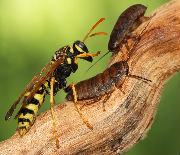
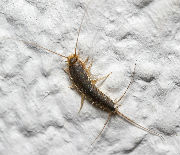
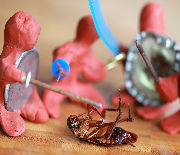
Leave a Reply